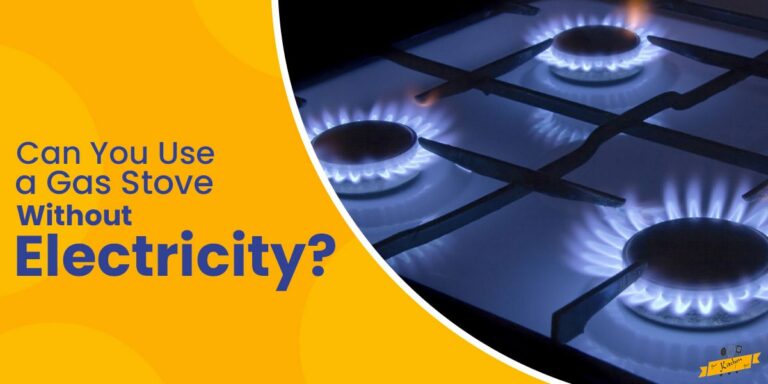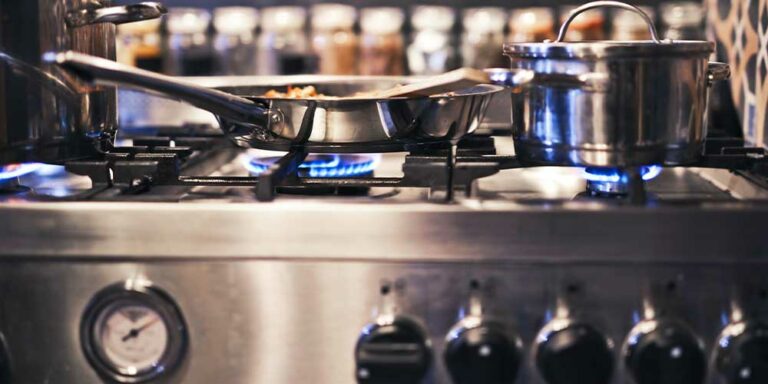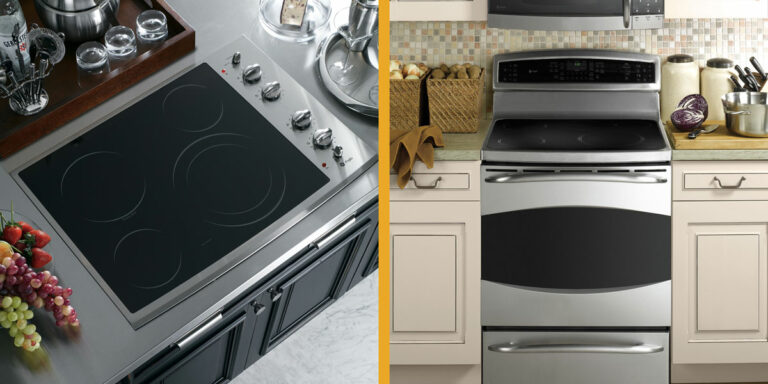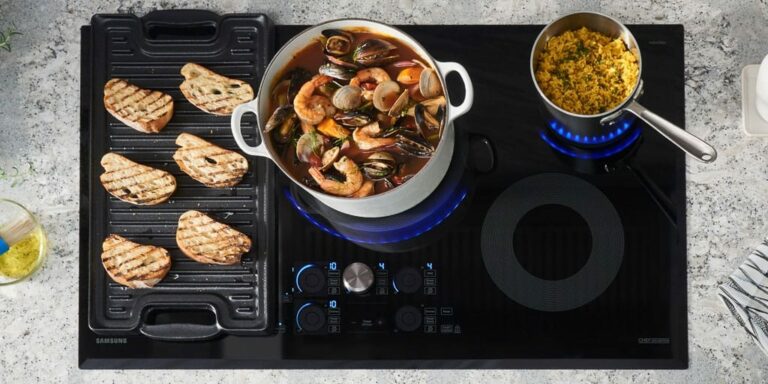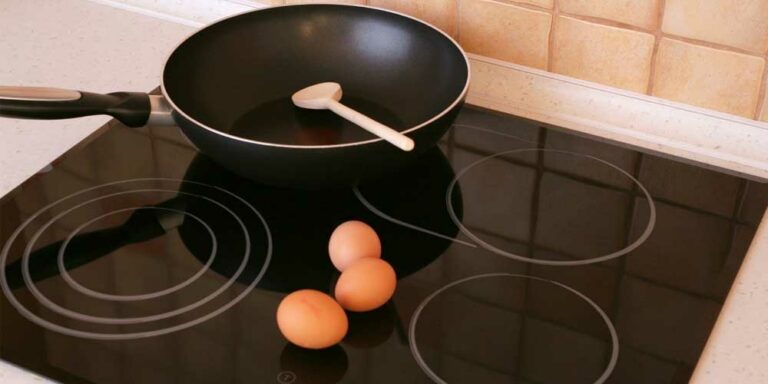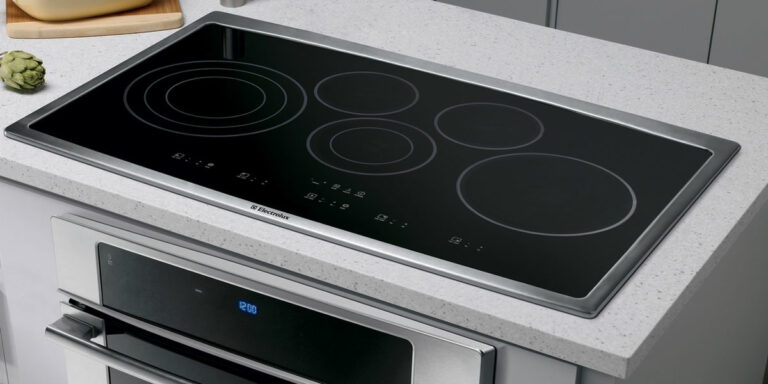How To Get Melted Plastic Off Glass Stove top?
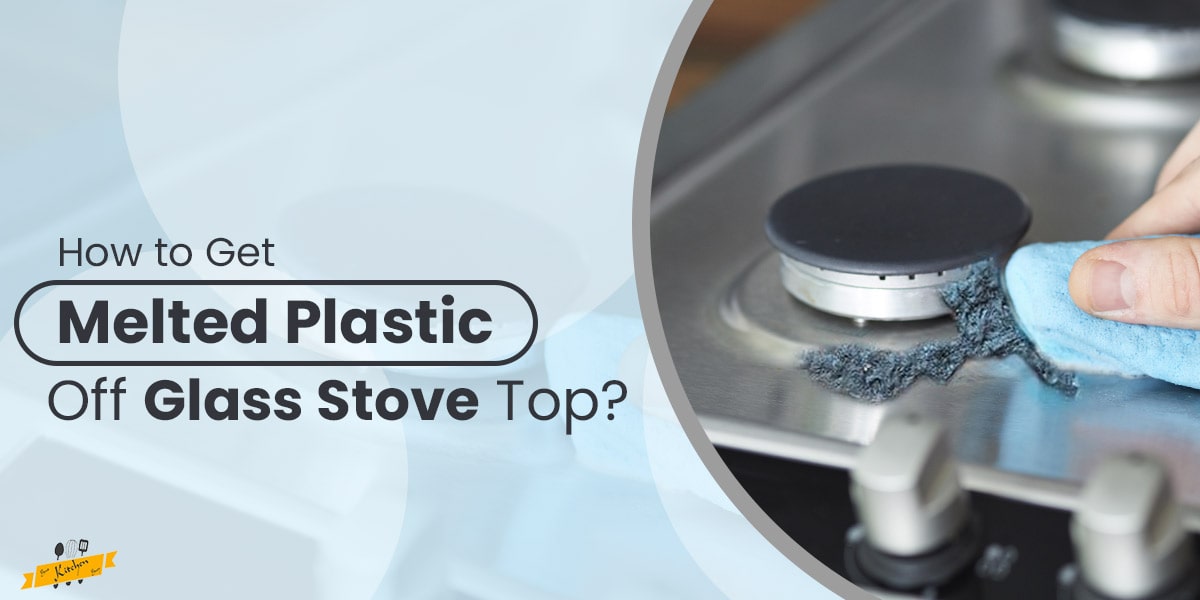
Have you ever placed any plastic material or object by accident on your induction stove top or gas stove top after forgetting that it was still warm? I have the uncanny ability to put things on a hot burner that shouldn’t be there by accident. I misplaced a bread loaf bag on our stove a few years back, not realizing it was still warm. When I turned away to get some lunch meat from our refrigerator, I almost instantly smelled burning plastic—not good.
The bread bag had melted onto my stove top when I turned back to check it out. I frantically tried to scrape the plastic off the burner with a wooden spoon, but it was stubborn. I got comfortable and tried to come up with a solution. To be very honest, I believed that the situation was probably hopeless. I’ll share the solution on how to get melted plastic off a glass cooktop in this post.
Removing Burnt Plastic Off Glass Stovetop – A Step-by-Step Guide
What You’ll Need?
- Boiling water
- Baking soda
- Ice
- WD – 40
1. Boiling water
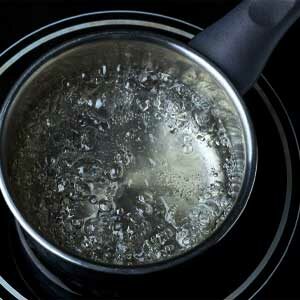
Using a tablespoon or soup ladle, drizzle boiling water in little amounts onto the plastic. After that, remove the plastic by scraping it with the rubber scraper. Use an old rag or a dishtowel to dry. It can take numerous attempts to completely remove the plastic from the stovetop.
2. Baking soda
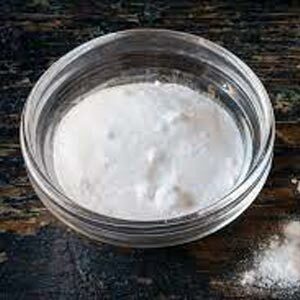
This method works well for smaller quantities of melted plastic. This alternative can be more comfortable for you to use since it also doesn’t produce any fumes. Utilizing the nylon scrubber, scrub the plastic with a mixture made of baking soda and water.
Before doing this, you might need to give the burner a little warm-up. Wear protective gloves when using this technique if you warm the burner in case it gets too hot.
3. Ice

This method might be effective for you if the melted plastic is a larger piece, such as a plastic dish or lid set on a hot burner. Put ice on the coated area after the burner has cooled. The plastic will become more fragile as a result. In many circumstances, the plastic can be easily removed by snapping or pulling. Use a nylon scrubber to remove any leftovers.
4. WD – 40
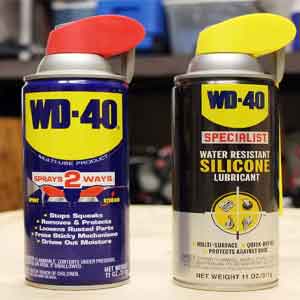
Many do-it-yourselfers swear by a combination of WD-40 and a razor blade, though you must be careful not to harm the stovetop with the razor. Before you begin, ensure that the stovetop is cool.
Allow some WD-40 to seep into the plastic. Then, holding the razor blade flat, scrape away at the melted plastic until it’s all gone. Allow the WD-40 to soak for a bit longer if it isn’t coming up. You’ll have to work a little more to get it all off, but it’s an excellent cure.
5. Bar keeper’s friend
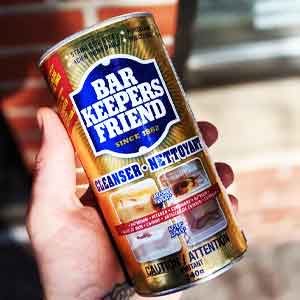
This cleaning chemical has been around since 1882, and one of its numerous applications is to remove melted plastic. Scrub the plastic away with a damp sponge and a cooled cooktop. Repeat as needed.
This solution is milder than most scrubbing powders and will not scratch the stovetop. You can hunt for similar products on the market, but make sure to read reviews to ensure you won’t have to replace your ceramic stovetop entirely due to damage.
Method To Remove Melted Plastic From Glass Stovetop-
- Allow the burner to totally cool before attempting to remove anything. Attempting to clean a hot burner is unsafe and can lead to more burns and complications. Burning plastic has a foul odor; open all windows and thoroughly ventilate the place.
- Peel off the plastic as much as you can once the burner and plastic have cooled.
- Gently remove the plastic by scraping it off with a spoon or a dull tool, like a butter knife. The stove’s glass top should not be scratched, so take care.
- Spray some WD-40 on the leftover plastic and wait a few minutes for it to dry. One website user (thanks Mira!) reported success using olive oil in place of WD-40.
- Now, you have two options to choose from:
- If you don’t feel confident using a scraper, one of our website users (Thanks!) suggests pouring baking soda over the WD-40, letting it set for a few minutes, and then using a towel to scrub off the plastic. You can scrub more effectively because of the baking soda’s mild abrasive properties.
- The plastic should be carefully scraped off using a spatula or a razor blade. Push it into the plastic while keeping the blade as flat as you can. Do not disturb the surface by scratching it.
- Repeat as often as required to get rid of the majority of the plastic.
- If you want to get rid of the final layer of plastic after most of it has been gone (and there are no longer any edges for the razor blade to snag on), you might want to try nail polish remover.
- Apply the acetone nail polish remover with a gentle cloth or cotton ball. You will have to reapply often because it evaporates quickly, leaving the region dehydrated.
- To remove any remaining particles, scrape in a circular motion with a plastic or other glass-safe scrubber.
- Once all the plastic has been taken off, wipe the surface with mild soap and warm water to get rid of any leftover cooktop cleaning solutions. Due to WD-40’s flammability, this is extremely crucial.
Safety Precautions And Additional Tips
- When working with razor blades and WD-40, exercise extreme caution. While the spray helps to remove the burnt plastic, it can also create a slippery work surface!
- Cleaning lotions formulated specifically for cleaning cooked-on messes off glass stovetops are available. They are widely available in most department and home improvement stores.
- Do you lack the aforementioned materials? Instead, use a laundry stain remover, kitchen cleaning, Windex, or Mr. Clean Magic Eraser. But keep in mind that you should never mix cleaning chemicals. To try more than one, properly cleanse the area and wash it with light soap.
- One website user (Thanks!) suggests using plastic modeling adhesives, such as Revell brand glue, to melt the plastic. These glues melt plastic, allowing it to bond with other plastic to construct the model. Once the plastic has melted, clean it up with a paper towel dipped in soap.
- A different website user (Thanks!) suggests covering the plastic with a thick layer of baking soda before adding white vinegar. If you don’t use caution, the combination may cause more mess as it immediately bubbles and fizzes. The plastic will, however, be released by this natural fizzing, which occurs as a result. Once the fizzing subsides, scrape off the plastic.
- If you don’t want to use any chemicals, try putting an ice cube on the plastic to make it brittle, then scraping it off with a razor blade. For small cases, this works nicely.
- Use the advice if the area has a burnt plastic odor https://www.howtocleanstuff.net/how-to-remove-burnt-plastic-odors/
Closing Thoughts
This article covered how to remove melted plastic from a glass stovetop as well as the necessary materials. After learning how to remove melted plastic from your glass stove and other appliances, why not broaden your knowledge of housekeeping with our practical cleaning instructions? We have you covered whether you choose to do it yourself utilizing our housekeeping techniques or save time by letting us handle the grubby work.

